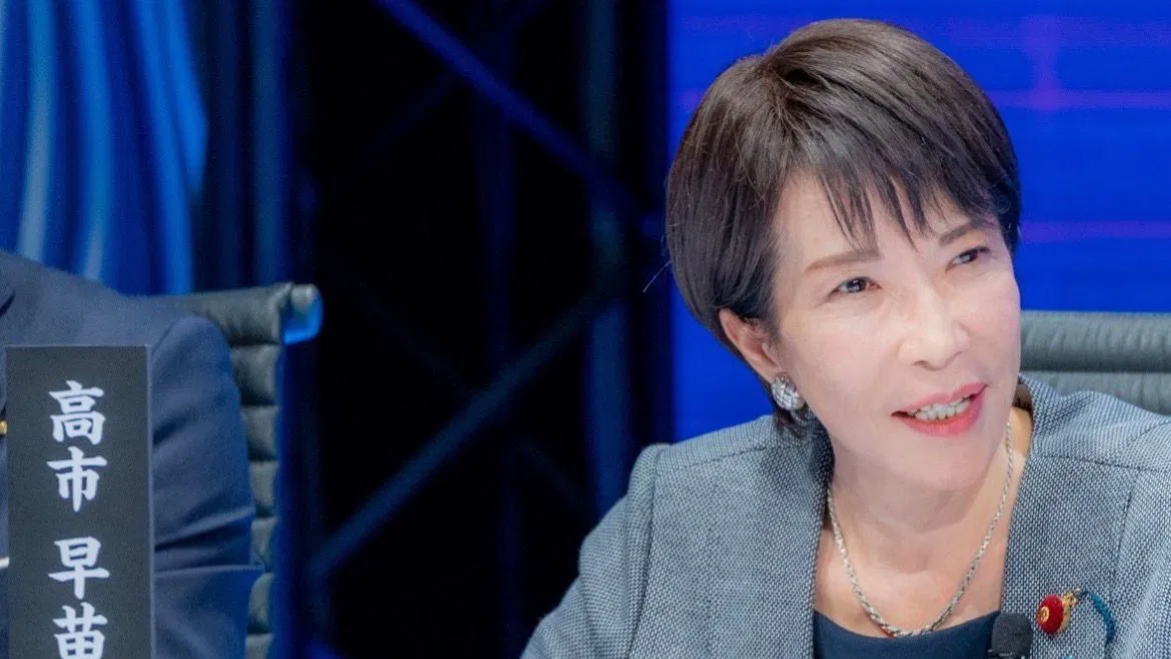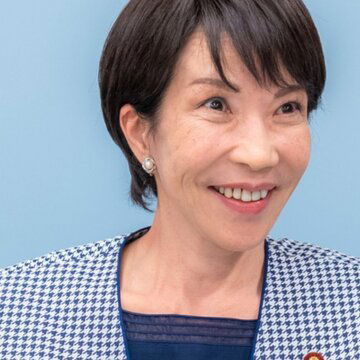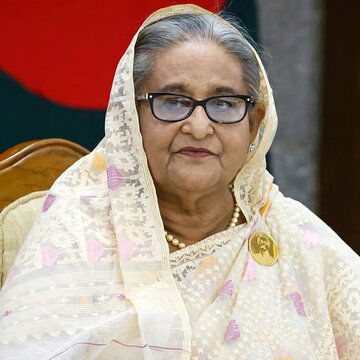Japan’s newly elected Prime Minister Sanae Takaichi who has become the country’s first female to hold this position, has taken office with a mix of economic nationalism, social conservatism and assertive foreign policy that is already reshaping debates in Tokyo.
Being a longtime ally of late leader Shinzo Abe and a member of the right-wing group Nippon Kaigi, Takaichi represents the most conservative wing of the Liberal Democratic Party (LDP). Her policies, while echoing Abe’s “strong Japan” vision, go further in promoting self-reliance, traditional family structures, and a muscular defence strategy.
Tough talk on economy, tradition on society
On the economic front, Takaichi has called for increased public investment in high-tech and strategic sectors such as semiconductors, AI, defence, nuclear fusion and biotechnology. She supports taxing corporate cash reserves arguing that 1% levy could add nearly ¥2 trillion to state coffers and also g avours raising taxes on big corporations while expanding fiscal spending to revive domestic demand.
However, her stance on social issues has sparked debate. Takaichi has opposed legalising same-sex marriage and criticised proposals allowing separate family names for married couples, calling them a threat to Japan’s “traditional family system.” While she says there should be “no prejudice” against LGBTQ people, she has resisted legal reforms that activists see as essential to equality.
Hawkish on Taiwan and regional security
In foreign policy, Takaichi has reaffirmed Japan’s alignment with the United States and warned of China’s growing assertiveness. She reiterated Abe’s position that a “Taiwan emergency is a Japan emergency”, meeting Taiwanese President Lai Ching-te earlier this year. The new prime minister is expected to raise defence spending and push for constitutional revision to give Japan’s military greater latitude with moves likely to strain ties with Beijing and Seoul.
Takaichi’s rise marks a historic first for Japan, yet her leadership could deepen ideological divides at home and sharpen Japan’s foreign-policy edge abroad which will act as a combination that promises both stability and sparks.











